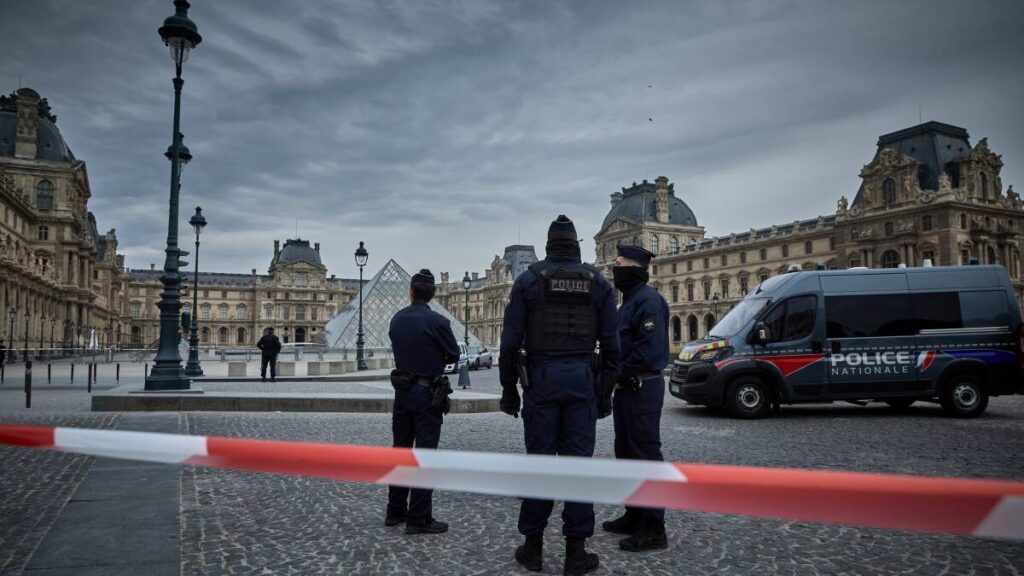
The recent theft of eight historic jewellery items from the crown jewels display at the Louvre Museum in Paris has sparked alarm across the global museum community. The incident, which unfolded within minutes, involved four criminals who used a cherry picker to gain access through an upper-floor window on the Seine-facing facade. This well-coordinated operation allowed them to break into display cases and escape with priceless artefacts, highlighting significant vulnerabilities even in one of the world’s most secure cultural institutions.
Organised gangs typically execute such heists, spending weeks or even months scouting layouts, security measures, and identifying weaknesses. Their primary targets include gold and gems, which they often steal during periods of renovation or maintenance. This pattern allows them to blend in with legitimate activity, using insider knowledge and sometimes false credentials to facilitate their plans.
A similar incident occurred in 2019 at Dresden’s Green Vault in Germany, where thieves disabled streetlights, cut through a barred window, and stole 21 priceless jewellery pieces containing over 4,000 diamonds. Such operations reveal a level of sophistication. Criminals often use construction scaffolding, delivery zones, or external lifts to access vulnerable areas. They work in teams with specific roles, employing advanced breaching technology and moving with military precision.
Many members of these organised crime groups have backgrounds in armed forces or previous criminal networks, granting them both discipline and technical skills. Their meticulous planning is coupled with a preference for portable high-value items, making museums and galleries attractive targets. Following a theft, they typically melt down stolen gold or recut gems to obscure their origins, complicating recovery efforts.
The global reach and adaptability of these gangs present a continuous threat to any institution displaying valuable gold and gems. They often look for “soft targets,” which include prestigious institutions that may lack the layered security measures found in major financial centres. The recent heist at the Louvre serves as a stark reminder that even well-resourced museums are not immune to attacks.
Recovery rates for stolen gold and gemstones are notoriously low. Successful arrests often rely heavily on surveillance footage, intelligence sharing, and international cooperation, but convictions remain rare. While insurance can alleviate financial losses, it does little to protect institutions from reputational damage or the loss of unique cultural items.
In Australia, the upcoming hosting of the Cartier collection at the National Gallery of Victoria is expected to result in significantly increased security and insurance costs. Australian institutions must recognize four key areas of vulnerability to combat the threat posed by organised crime.
To address these concerns effectively, institutions need to implement comprehensive measures that align protective security with the value of their displayed items. Security cannot be treated as an afterthought or a peripheral concern. The high-profile nature of jewel heists illustrates that even the best-protected collections are only as secure as their weakest points, such as a poorly secured window or an untrained guard.
The Louvre robbery not only represents a significant loss for France but also serves as a critical wake-up call for all organisations involved in displaying, transporting, or storing high-value gold, gems, and jewellery. As the global museum community reflects on this audacious crime, the imperative for enhanced security measures has never been clearer.






